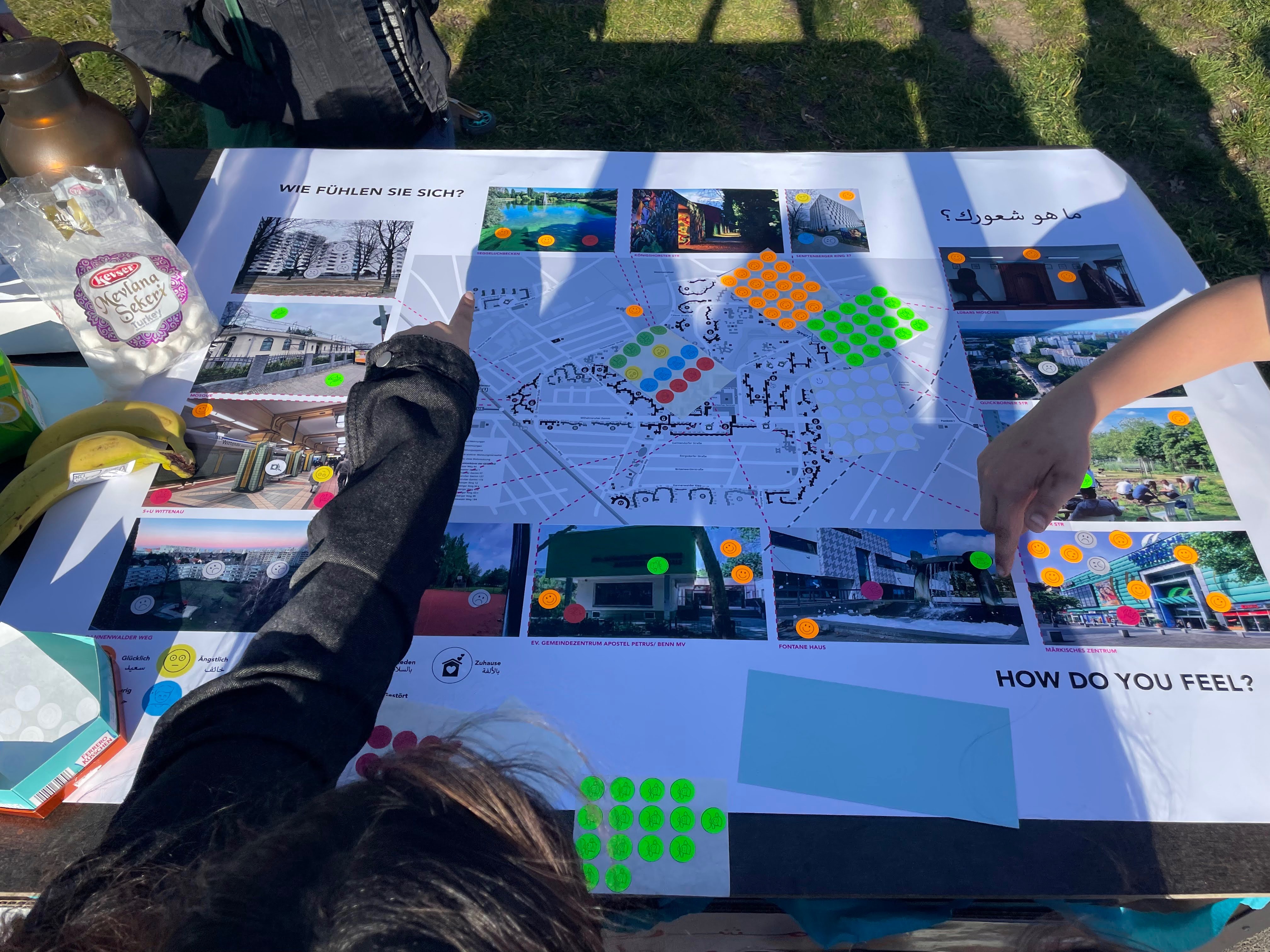DFG, 2020 - 2023
Dr. Juliana Canedo
Beyond the Shelter
Understanding the limits and potentialities between emergency and endurance in Refugee Camps in Germany
The research aims at analyzing urban and architectural spaces in Refugee Camps in Berlin, seeking to understand the relationship between spatial and social dynamics and how they can contribute to enhance or diminish the integration of the incomers in the city. It aims at investigating how these groups adjust and adapt their daily lives and their spaces in order to build a house beyond the shelter. Through the theoretical framework of insurgent planning, humane urbanism (Miraftab, 2009 and 2016), subaltern urbanism (Roy, 2011) and the right to the city (Lefebvre, 1968), we propose to develop active research activities in order to understand if there is a potential for these places to be used as tools for empowerment and creating other ways of living together. The research methodology is based on Santos’ (2007) Epistemologies of the South, where the interaction between civil society and researchers is made more intensely and without previously established strict rules. The field work is inspired by the experiences of collaborative design formats developed in squats and favelas in Brazil as potential for experimentation of different forms of engagement and knowledge exchange between scholars, inhabitants and other relevant actors. Therefore, in the context of the research there will be offered different teaching/research formats such as workshops and seminars to explore the topic with students and different partners.

Dr. Juliana Canedo
canedo@tu-berlin.de
Habitat Unit, Room A 409
T + 49 – 0176 70110108
F + 49 – 30 – 314 – 21907
Institute for Architecture, TU Berlin
Strasse des 17. Juni 152
10623 Berlin
Deutsche Forschungsgemeinschaft (DFG)

Workshop, March 25th-30th, 2022
Integration through collaboration: transforming spaces and practices
Summer School, September 5th – 16th, 2022
Collaborative design methods: building communities through spatial intervention